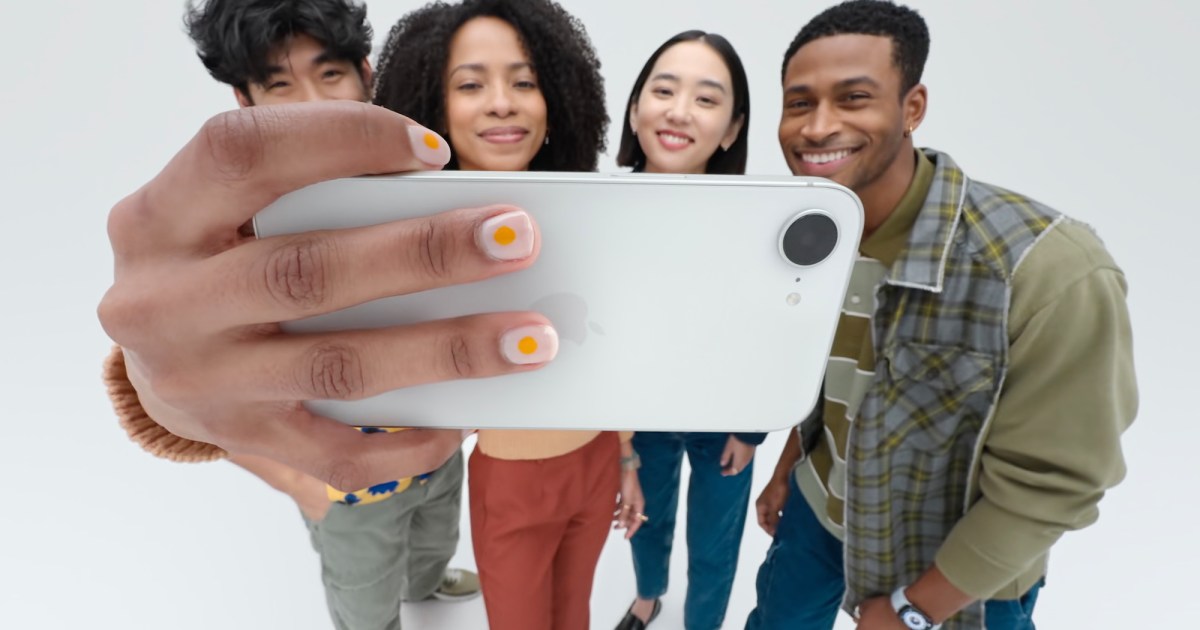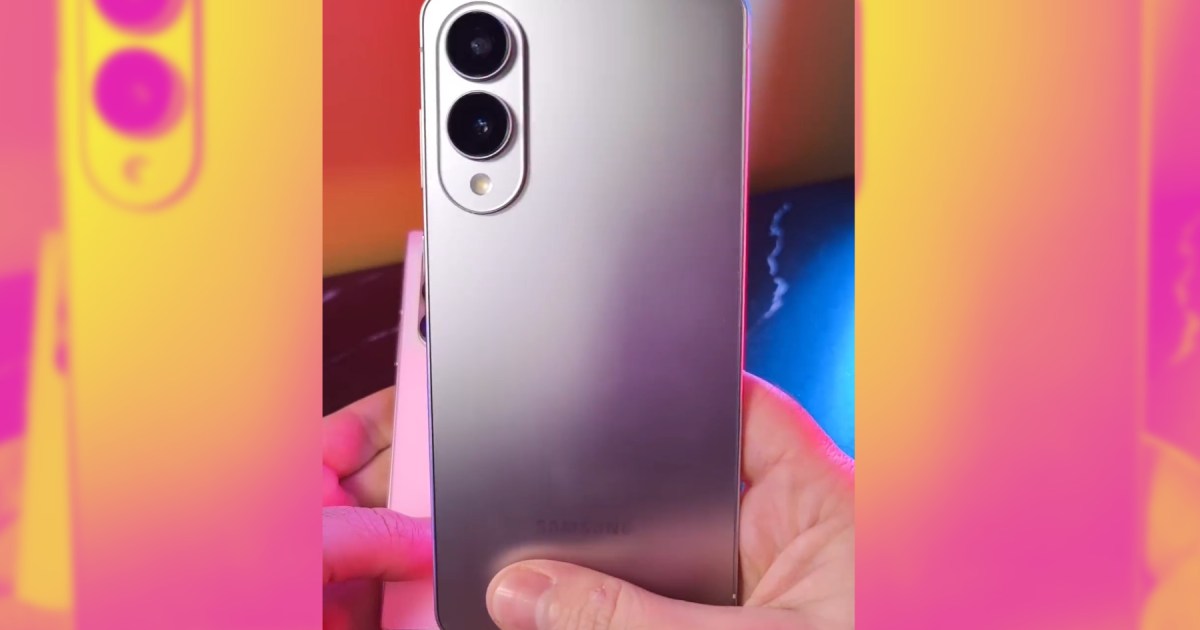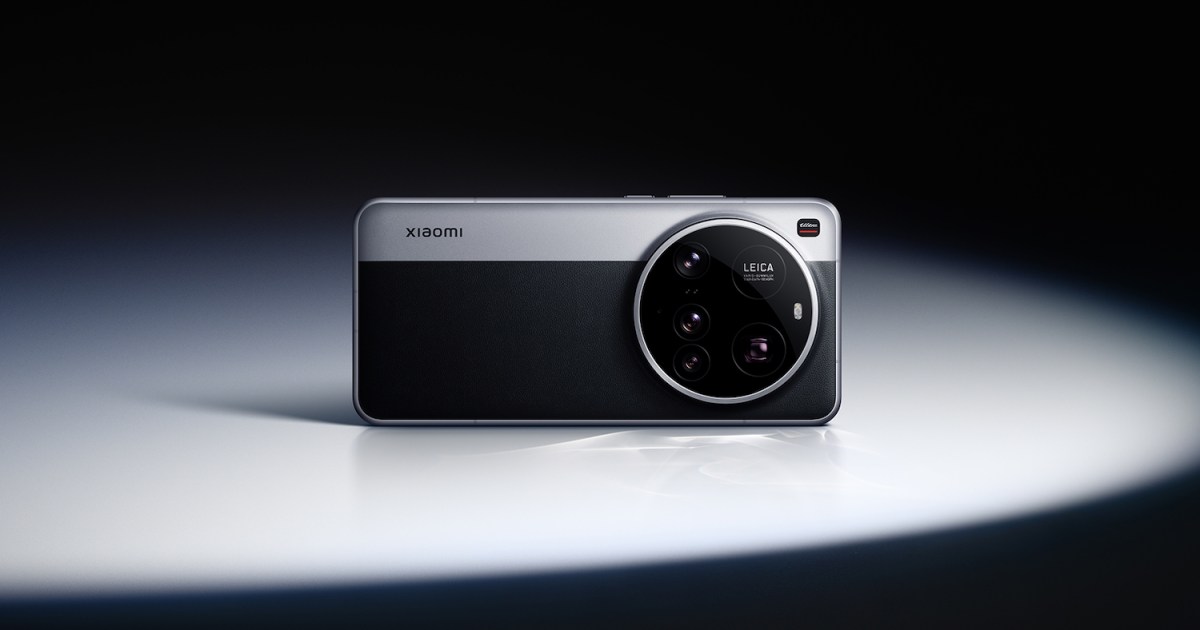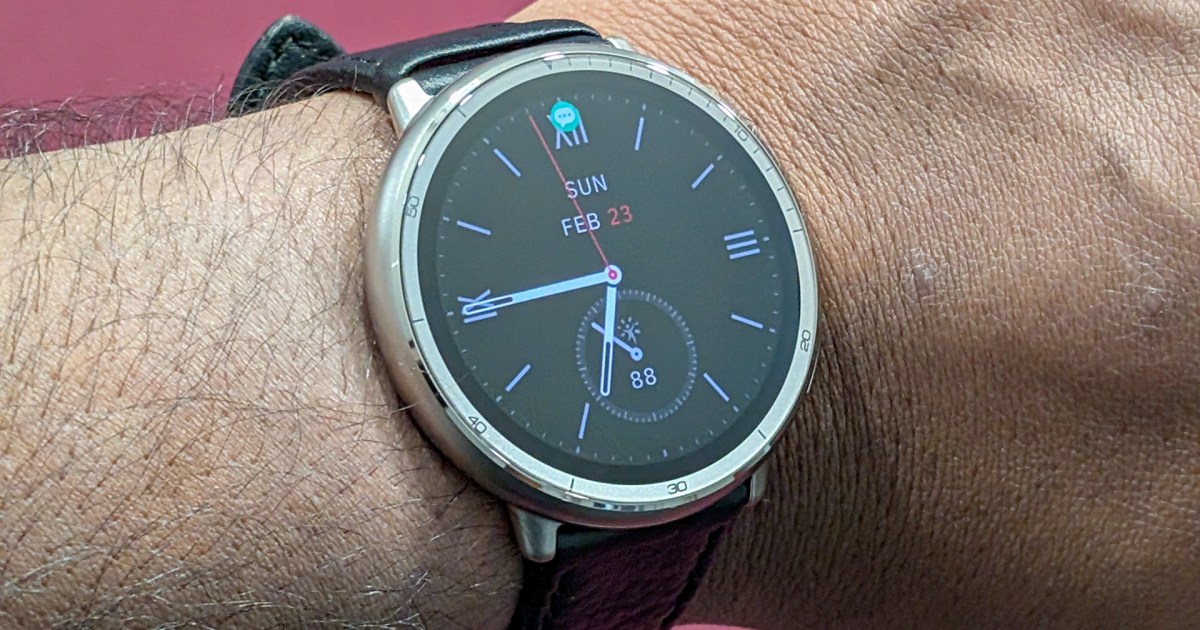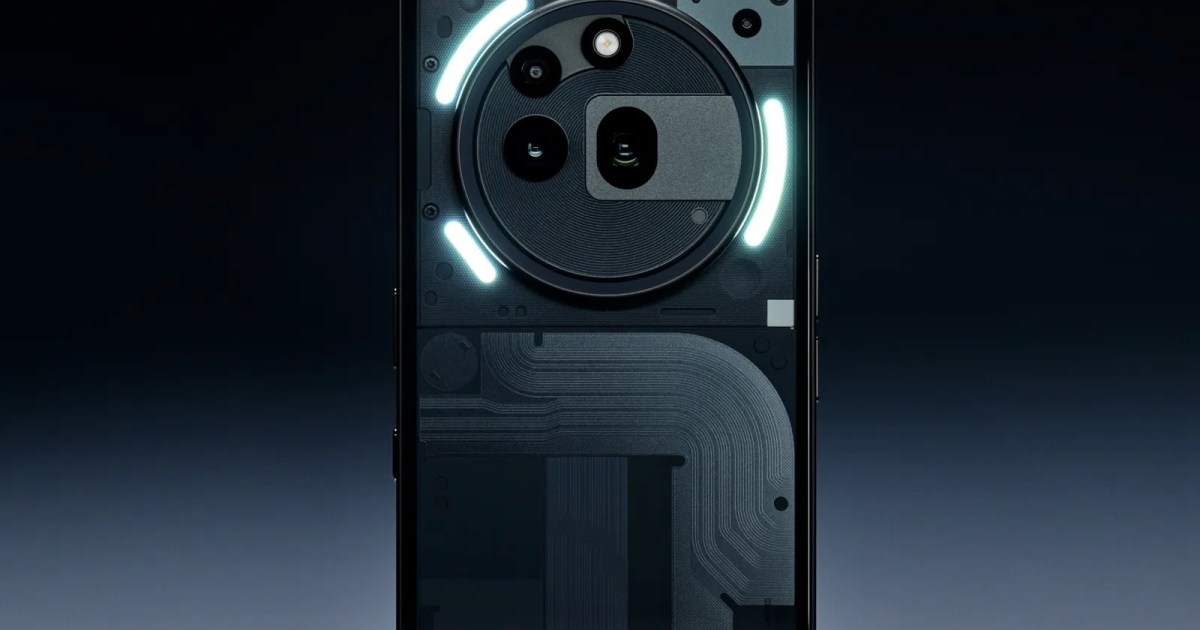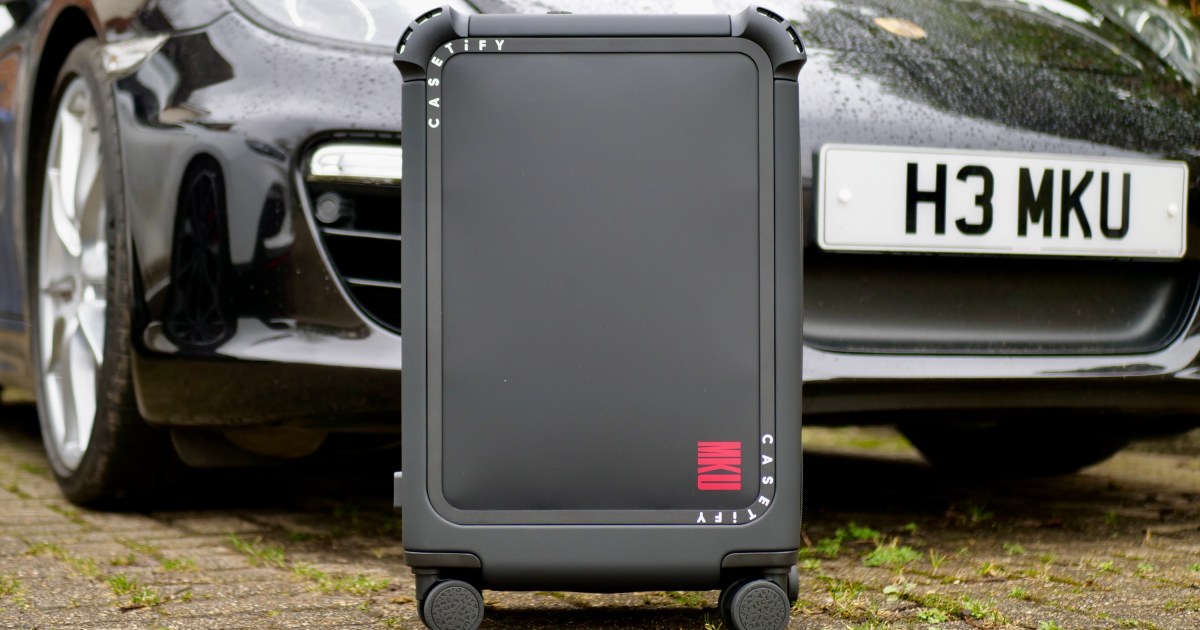The iPhone 16e arrived this week, but it’s not the iPhone SE successor we anticipated. Leaks hinted at a design overhaul, but the actual device sparked strong reactions, mainly disappointment, due to its $600 price tag and perceived cutbacks.
Initially, I aimed to catalog its flaws, comparing it to similarly priced iPhones. However, after careful consideration, I realized the iPhone 16e isn’t a new SE; it’s a different phone entirely. It deserves a fair assessment based on what it offers, not what it lacks. Here’s why I couldn’t hate the iPhone 16e.
The Ultrawide Camera Isn’t Essential
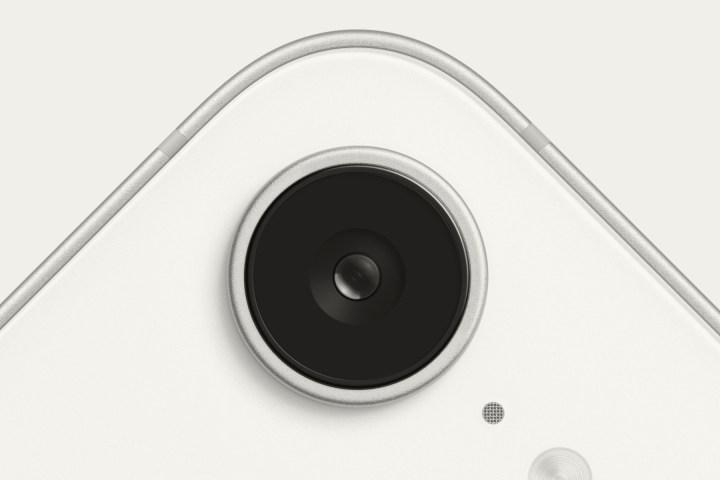 Close-up view of the iPhone 16e rear camera
Close-up view of the iPhone 16e rear camera
Testing phone cameras is part of my job. While I evaluate every lens, personally, I rarely use the ultrawide. Many phones, regardless of price, prioritize the primary and telephoto cameras over the ultrawide. For example, the iPhone 16’s 12MP ultrawide has a lower resolution and smaller sensor than the 48MP main camera, resulting in less sharp images, especially in low light.
 A wide-angle photo taken with the Apple iPhone 15 Pro Max.
A wide-angle photo taken with the Apple iPhone 15 Pro Max.
Ultrawide lenses have also seen minimal innovation. Distorted perspectives remain a problem, often making images look unnatural. While the iPhone 16’s ultrawide offers macro mode, I’m willing to forgo this feature at this price point.
More concerning is the iPhone 16e lacking the improved Photographic Styles of the iPhone 16. Instead, it uses the older, less intuitive version. I’ll reserve judgment on image quality until I’ve tested it myself.
Missing mmWave and UWB: Not a Dealbreaker
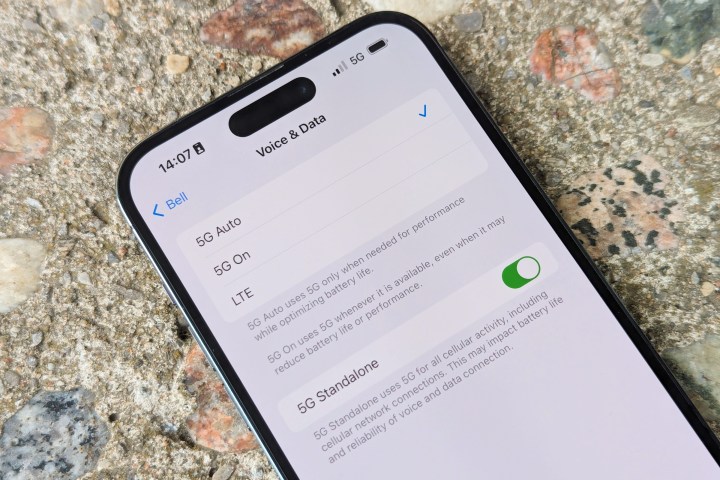 Settings screen on an iPhone 14 Pro Max.
Settings screen on an iPhone 14 Pro Max.
The iPhone 16e uses Apple’s C1 modem instead of Qualcomm’s. While Apple touts improved battery life and fast speeds, the C1 lacks mmWave support. This high-frequency 5G spectrum theoretically offers faster data transfer, but its limited range necessitates extensive infrastructure, leading to higher costs. Many carriers, even in the US, prioritize mid-band frequencies within the sub-6GHz range. Outside the US, mmWave deployment is even less common. While mmWave offers advantages for Gigabit speeds, 200Mbps on the iPhone 16e is sufficient for most users.
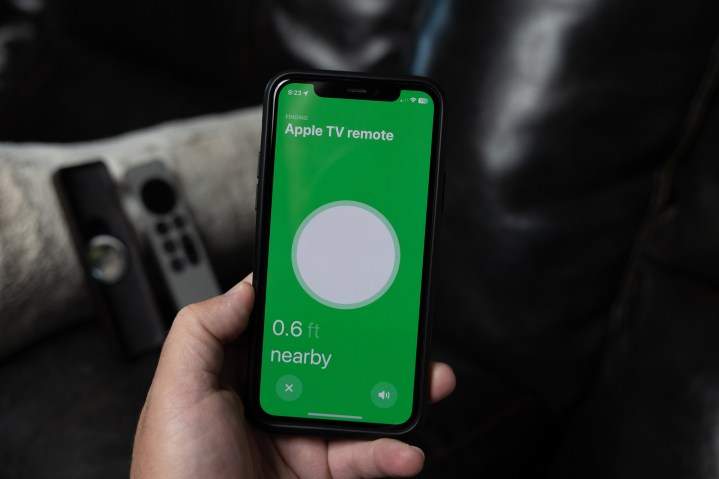 Finding an AirTag hidden inside an Apple TV Siri Remote case.
Finding an AirTag hidden inside an Apple TV Siri Remote case.
The iPhone 16e also lacks the Ultra Wideband (UWB) chip found in iPhones since the iPhone 11. UWB facilitates faster AirDrop and precise location tracking with AirTags. While innovative, UWB isn’t essential for most users. Unless you heavily rely on smart home features or AirDrop with numerous Apple devices, its absence isn’t a significant drawback.
Wireless Charging Speed Isn’t a Priority
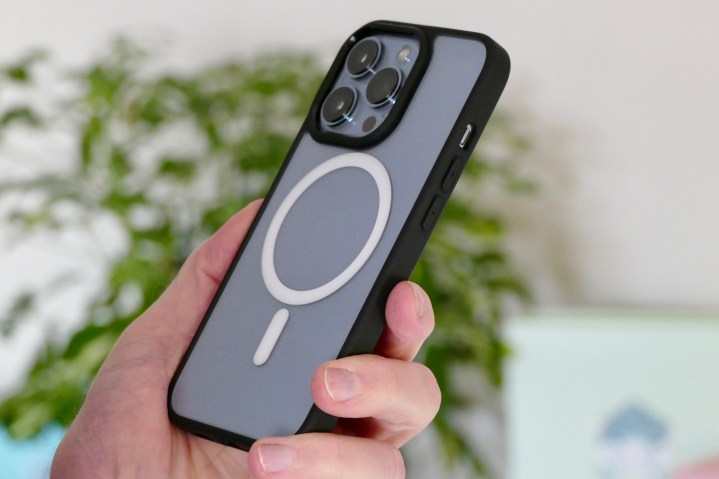 Totallee MagSafe iPhone case from the side.
Totallee MagSafe iPhone case from the side.
The iPhone 16e’s lack of MagSafe has drawn criticism. This means no magnetic anchoring for wireless charging or accessories and slower 7.5W wireless charging compared to 25W on other iPhone 16 models. While initially attributed to potential modem interference, Apple denied this, suggesting cost-cutting as the likely reason.
However, for users who primarily charge via cable, MagSafe’s absence is less significant. Case manufacturers offer MagSafe-compatible cases for older iPhones and even Android devices, providing similar functionality without internal magnets. While this bypasses the fastest wireless charging speeds, it’s a reasonable trade-off. For those who primarily use MagSafe for desk or bedside charging and features like StandBy mode, a compatible case effectively addresses the need.
Apple Intelligence is the Key Selling Point
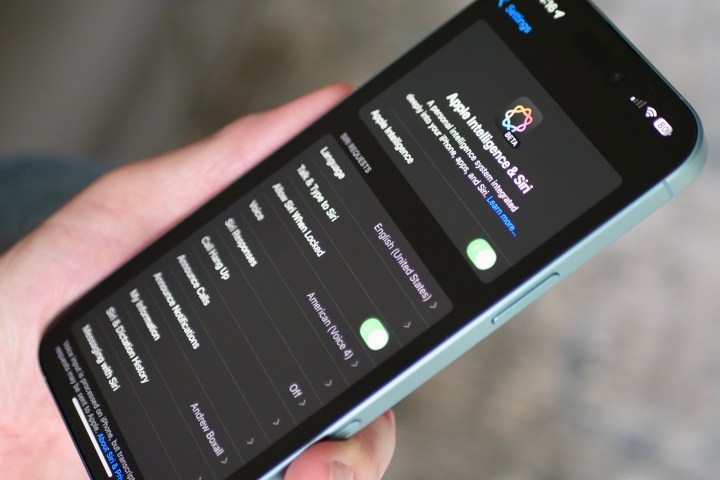 Apple Intelligence on the Apple iPhone 16 Plus.
Apple Intelligence on the Apple iPhone 16 Plus.
Despite its limitations, the iPhone 16e features a slightly less powerful version of the A18 processor, enabling Apple Intelligence and Visual Intelligence. These features are the phone’s most compelling aspects.
While Apple Intelligence’s current applications are limited to note and email cleanup and notification summaries, its future potential is promising. With continued development, Siri could become a truly intelligent assistant, and iOS could offer personalized, predictive features. This could make technology more accessible and useful for users less interested in technical intricacies.
A Compelling Entry Point to the Apple Ecosystem
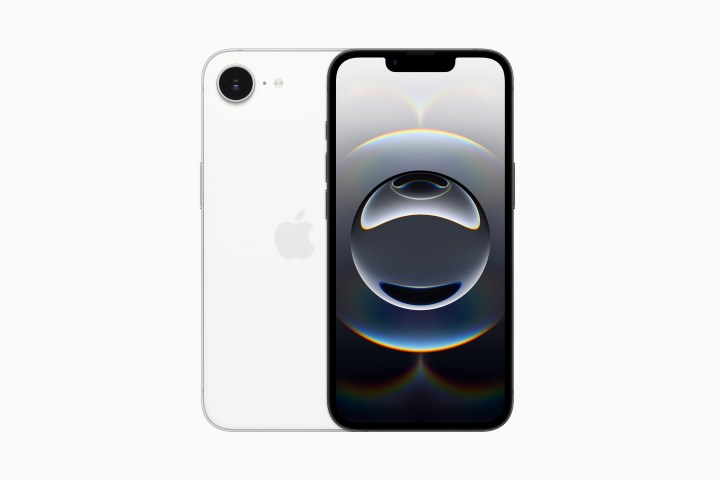 A press image of the Apple iPhone 16e.
A press image of the Apple iPhone 16e.
Access to cutting-edge technology can skew perceptions. While the iPhone 16e makes compromises, it provides Apple Intelligence and the latest iOS experience to a broader audience seeking a functional, long-lasting phone. While alternatives like the OnePlus 13R offer better specs for the price, the iPhone 16e is a compelling option for those prioritizing the Apple ecosystem and long-term software support. For those looking to experience the iPhone for the first time, this is an attractive entry point.



